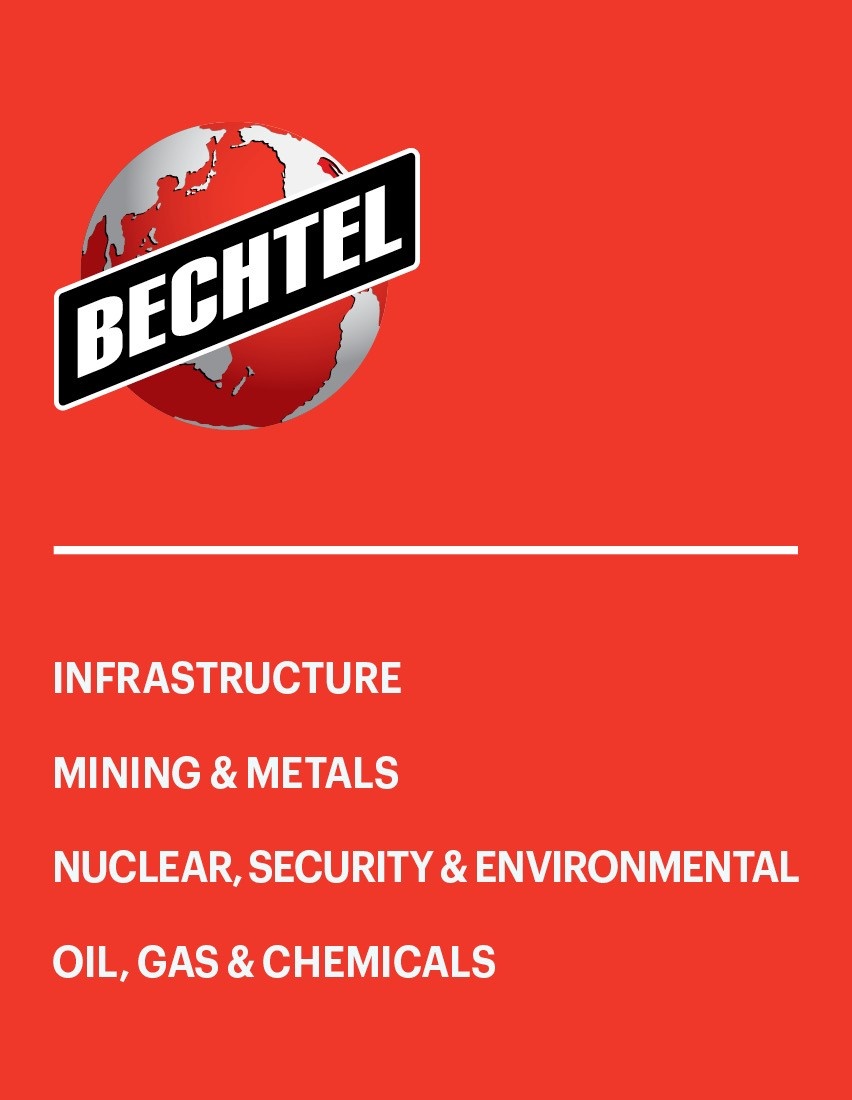Using Text Analytics to Start Building an SDG Business Case
by Tam Nguyen and Michael Yamoah
Audio File
SDG 17: PARTNERSHIPS FOR THE GOALS
Capacity Building
SDG Target 17: Enhance international support for implementing effective and targeted capacity-building in developing countries to support national plans to implement all the sustainable development goals, including through North-South, South-South and triangular cooperation.
Challenge
Business contribution to the SDGs is conceptually understood and accepted, but operationally challenging. For many companies, the SDGs are mainly reputational and relational, which is not durable as a business case. Also, the SDGs rarely engage a company’s core functions and services in a meaningful way; rather it stays in corporate social responsibility (CSR)-related functions, which may limit the long-term impact and scalability for society and institutional advancement for companies.
Approach
A shift is needed from SDG reporting by companies to formulating a strategy that is more integral to key business functions and processes. For a company like Bechtel, this means marketing and business development, engineering and design, procurement and construction, and project management and operations. Moreover, businesses need to get to a point where they can measure the SDG impact on savings or returns.
For many companies, without a defined business case, the SDGs will struggle to shift from a normative (“good to do”) to an instrumental (business investment and return) framework.
For the engineering, procurement and construction (EPC) industry, can the SDGs become a framework to develop projects that are both bankable and socially impactful?
We looked at text analytics as a methodology to develop a business case for the SDGs. Text analytics is the process of deriving high quality information from text using discernible patterns and trends. Below are four steps we used to start developing the business case.
1. GENERATE UNIQUE BUSINESS INDICATORS
A first step was to generate a unique set of EPC and sustainability indicators that can be used as a meaningful “relationship or linkage” baseline to the SDGs. This involved a text analysis of issues, actions, and policies around key business lines, including energy, infrastructure and mining. Several unique indicators emerged as influencing and shaping our industry and markets.
- Changing fossil fuel market (oil, gas, coal, coal gasification).
- Demand for innovation and technology to offset negative externalities and improve business operations.
- Activism and policies regarding local economic development(jobs, skills, youth employment, local suppliers, local content).
- Affordability of renewable energy (solar, wind, hydro, thermal).
- Demand and policies for greener transportation (electric vehicles, plug-in hybrids, mass transportation).
- Managing rising populations and urbanization in the developing world. Business actions, consumer activism, and public policies related to climate change.
2. DEVELOP DIRECT LINKAGES TO MATERIAL SDGS
The second step was to begin developing new “SDG language” unique to our industry that connects back to the business moving the SDGs from conceptual to business-practical. Text analysis can show a strong relationship and emphasis between industry and SDG priorities. Because the emphasis underlying this relationship was around the EPC issues and priorities, specific SDGs would be treated as material, as they represent potential project opportunities and risks.
3. CONTEXTUAL ANALYSIS OF VNRS AND PRIORITIZE ISSUES
The third step was to connect the business indicators to a country’s SDG priorities. Most voluntary national reviews (VNRs), which is essentially a country’s plan to implement the SDGs, address everything related to the SDGs. This makes it a challenge to extrapolate unique areas related to core business interests. Moreover, a government’s VNR implementation is not a static process. There are many factors that shape and influence SDG prioritization and implementation. For that reason, a pure text analysis of the VNR was not sufficient for establishing a strong relationship with the business indicators. We used a “contextual analysis” that included the perceptions of businesses and civil society groups that can shape and influence VNR implementation. This process helped to identify and prioritize several unique VNR indicators.
4. ALIGN WITH BUSINESS INDICATORS AND SDGS
The fourth step was to refocus the unique VNR indicators around business priorities. In doing so, several focus areas emerged that can show potential project opportunities and risks connected to the country’s SDG-related policies and programs.
Key Learnings
In our case study, text analytics provided a structured approach to organize and make sense of voluminous amounts of unstructured data related to our business lines, markets, and SDGs. It also provided a more scientific and systematic approach to discern patterns and identify significant relationships between EPC business interests and the VNRs. Finally, it helped to remove bias and moved us away from anecdotal information, and provided us quantifiable data to develop a clearer internal business case.

